5 Reasons to Implant Pet Microchip and Registered the Website:
1. Only true permanent method of pets identification.
2. Only one injection and registration is a lifetime to your pets.
3. Quick and painless procedure, just like a vaccination.
4. Best chance finding to your pets if they are missing.
5. Implanting Microchip is recommended by the AVMA, AAHA, ASPCA, SAWA, the Humane Society.
What is a pet microchip?
Pet microchips are small devices implanted in pets, about the size of a grain of rice, compact in structure, and easy to insert under the skin. The microchip has a unique code created specifically for pets. When a microchip scanner is used to scan a dog or cat that has been implanted the microchip, a unique digital-code will appear. The microchip is similar to our ID card.

Why Implant Microchip for Your Pet?
Every year nearly 2 million pets are lost in the world, and one pet is displaced every 2 seconds. Some are taken in by pet rescue stations, some are adopted, and some continue to wander until die. Implanting microchip and registering to the website is the most effective solution to reunite with your pets!
Microchip also can record the pet’s body condition and medical history. When you take your pet to the vet, the doctor can quickly find the pet’s medical history and quickly understand all aspects of its condition by just scanning it. Nowadays, with the rise of pet medical insurance, chips can better prove that “it” is “it” than photo or video authentication.
Because collars with electronic tags sometimes can be broken or illegible, microchips are the only truly permanent way to identify pets, Provide cat or dog with both tags and microchips to help ensure reunion if your pet lost.

How does a microchip work?
The microchip does not have a battery or any other form of power source.

Pet owners need to enter the ID number into the database after implanting the chip.

When a stranger finds your lost pet, only need to touch the pet with the scanner, the chip will be read and the pet’s unique ID number will be displayed on the screen.
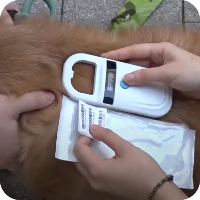
Then enter the website write the ID number and contact information.
Pet owner can see and get in touch, and reunite with your pet.

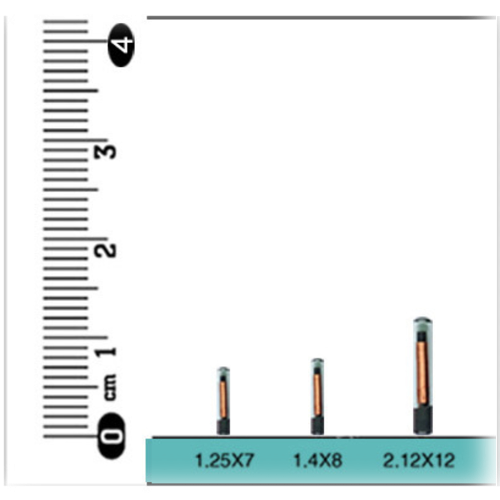
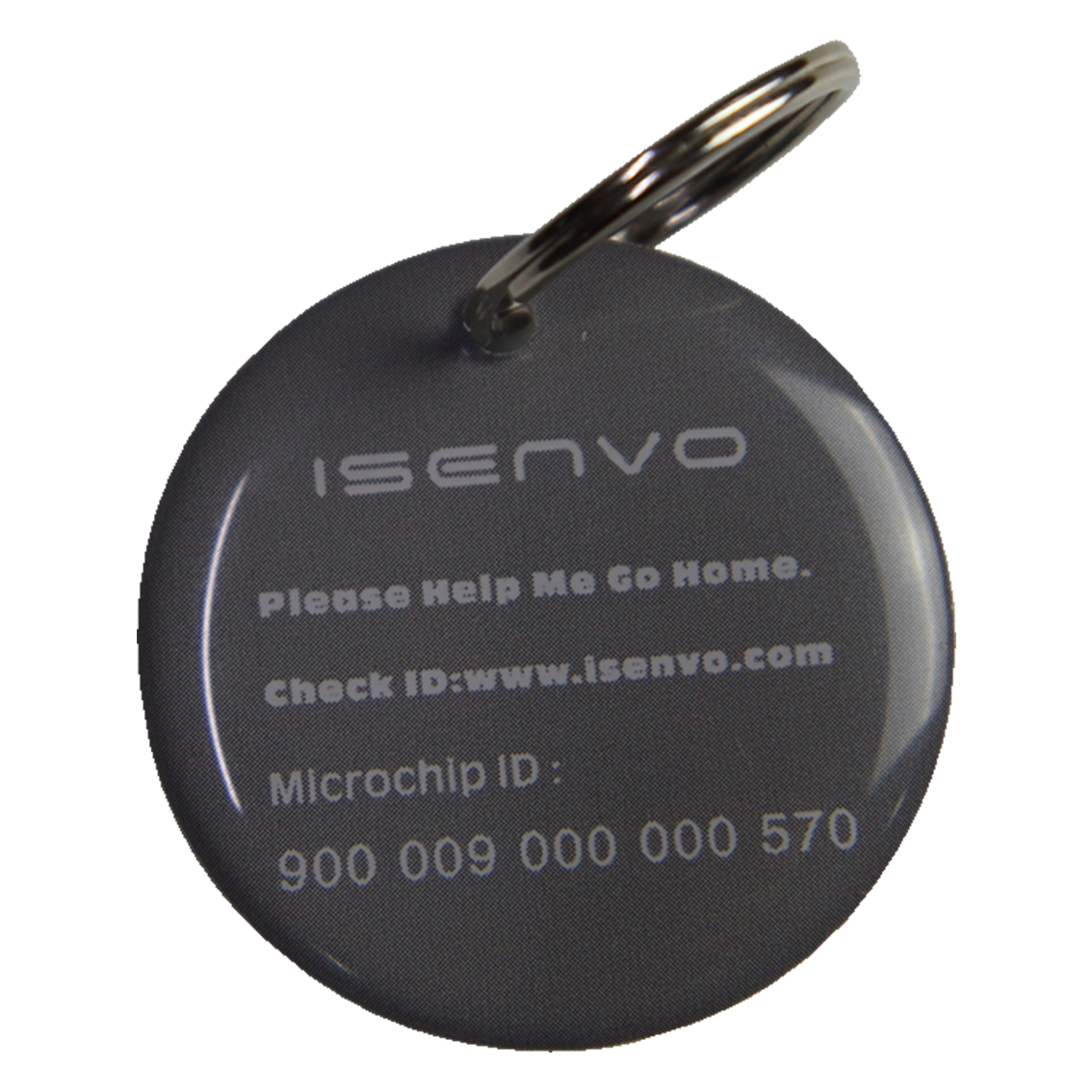
How long can the microchip work? Need to be replaced?
The microchip has no battery and no moving parts, so there is no wear and no need to be replaced. Generally, microchips can continue over to 20 years and can work for the general life of a pet.
How to implant microchip for your pet?
You can implant the microchip into your pet by yourself or veterinarian. This process is very simple, similar to vaccination or regular injection. Just pre-install the microchip in a sterile applicator and inject it at the shoulder position (that is behind the head but above the neck). The process only takes a few seconds, and your pet's response to the chip will not exceed the response to the vaccine. No need for anesthetics.
Over time, a thin layer of connective tissue will form around the chip and hold it in place.
Are there different kinds of microchips? How many kinds?
Yes. Currently there are three types of pet identification microchips and use with frequencies are 125 kHz, 128 kHz and 134.2 kHz.
134.2 kHz is the ISO standard and the main frequency used all over the world. If you want to take your pet for international travel, you need to prepare an ISO 134.2 kHz microchip for your pet. AVMA, AAHA, HSUS, ASPCA and many other pet organizations only recommend the ISO 134.2 kHz frequency .
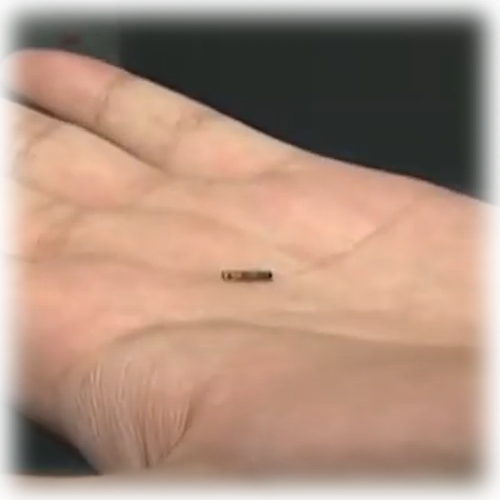
Do microchips with different frequencies need to use different types of scanners?
Not necessarily. Because some scanners are universal, it will read all three microchip frequencies, regardless of who the microchip manufacturer is.
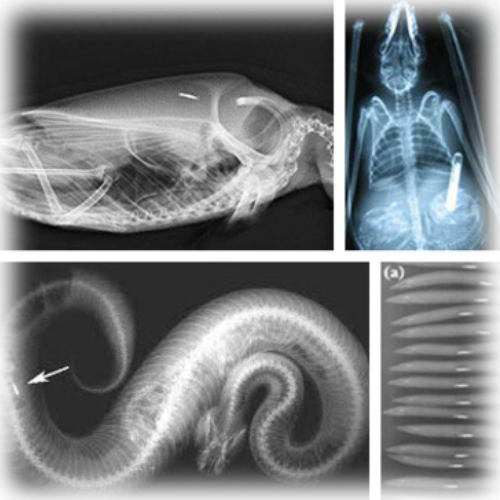
Can a microchip replace my pet's collar and electronic tags?
Can be used together. The microchip is a backup to the collar with an electronic tag. Your pet can continue to wear collars.
Does a microchip have a GPS tracking device?
No. You cannot get the location information of the lost pet directly from the microchip. The microchip must be used with the database website. The person who finds the pet find the lost pet, after searching the database to find the lost pet information and write a message of his own. Therefore, registering pet information on the website is very important.
I have implanted microchips into my pet, do I need to register in the database?
Yes! It is not enough to implant microchip to your pet! You need to register to the database (isenvo.com) so that you can find your pet faster when separated from the pet. Don't you want to register your pet details on the world's most reliable, free and effective animal identification database? As long as the pet has implanted any brand of chip, the chip and pet owner’s contact information can be registered in the database without any cost.
How much does it cost to register?
Although many companies charge annual pet fees, there is no fee to use ISENVO™. You can register any brand of microchips, any number of pets and update information for free.

If I register my pet into ISENVO™, will I be solicited for anything?
ISENVO.com maintains a strict non-solicitation policy. Your information will not be sold to any third parties, you will not be solicited for anything as a result of registering your pet(s) at isenvo.com.
How do I complete registration?
Go the isenvo.com home page and click on the “Create an Account” button ( middle or top of the page )
Step 1: Create Account ( Fill out the required fields and click on the “Register” button at the bottom of the page. Make sure to make a record of your username and password! )
Step 2: Add Your Pet ( Fill out the required fields and click on the “Add Pet” button at the bottom of the page. You are done! )
How can I update my contact information?
1. Go to the home-page of isenvo.com and click the “Login” button at the top of the page. Log in with the user-name and password that you created.
2. Click the “Account” button at the top of the page, and then click the “Edit” button to update your contact information.

How do I EDIT my pet's information?
1. Go to the home-page of isenvo.com and click the “Login” button at the top of the page. Log in with the user-name and password that you created.
2. Click on the “+ Add Pet” button to add your pet information.
3. If you have more than one pet, you can download the import template, fill it in and import it.
4. If you need to revise it, find the pet that needs to be revised in the pet list and click the "Edit" button to revise it.
5. The edited pet information can be downloaded, deleted, transferred, and lost pet posters.
key point: After registering your first pet, please do not use the "Register Pet Create an Account" tab on the homepage to add other pets. If you want to add other pets, you must log in and then click the “+Add Pet” button. All your pets will be in the same account.
What happens if I forget my password?
Click "Login" at the top of the home-page and then click "Forgot Password".
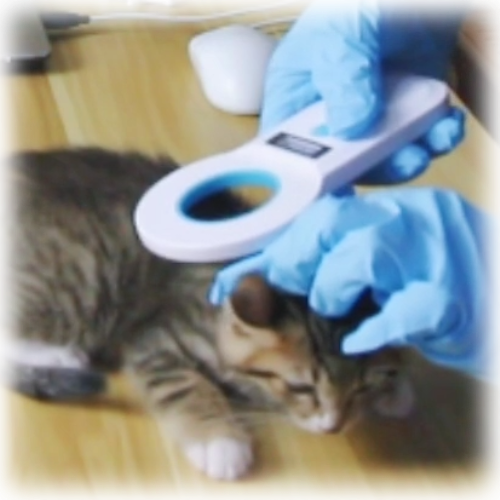
What if I don’t know the pet’s microchip number?
Buy a microchip scanner, or call the clinic or institution where the microchip is implanted, they can look up the number in your pet’s medical record. Once you have your pet’s microchip number, please save this information in your pet’s record.
What if my pet has more than one microchip?
If your pet has multiple microchips, we recommend that you individually add each microchip. If your pet is lost and found, it is possible that that only one of the two microchips will be read. Therefore, it is important to keep each microchip registered and updated.
What does the chip number and how do I know that I am registering or looking up the ID number correctly?
Chip numbers are usually divided into three types, for example:
1. 900215001670001
2. OBO0458623
3. 245638756
The first example is an ISO 134.2 kHz microchip, contains 15 numbers and always start with the number 9. It cannot contain any letters, spaces, dashes or symbols.
The second and third examples are non-ISO microchips (125 kHz or 128 kHz frequency). They are always nine or ten digits, and may be a mixture of numbers and letters. It cannot contain dashes, spaces or any other symbols.
But you don’t need to worry. If you try to register an invalid or registered microchip number, the system will prompt you that “chip number must be 9,10 or 15characters”, or “chip number has already been registered”. If you are still not sure about the correct microchip ID of your pet, you can purchase a microchip scanner for scanning, or contact the institution where your pet was adopted or the microchip implanted.
Is ISO11784 FDX-B a valid microchip number?
IS011784 FDX-B is in indication that your pet has a microchip that meets the ISO standard 11784 FDX-B and can be used for travel to most countries around the world.
My cat is transferred to a new adopter, and I hope to continue to be the main contact for the cat. Can I add a new adopter as a secondary contact instead of transferring pet registration?
No, it can only be transferred. After the transfer, you will no longer be able to keep the pet’s information. In order to prevent the new adopter from abandoning or abuse of the pet, you can try to investigate all aspects of the new adopter before the transfer, and choose a good owner for the pet!





